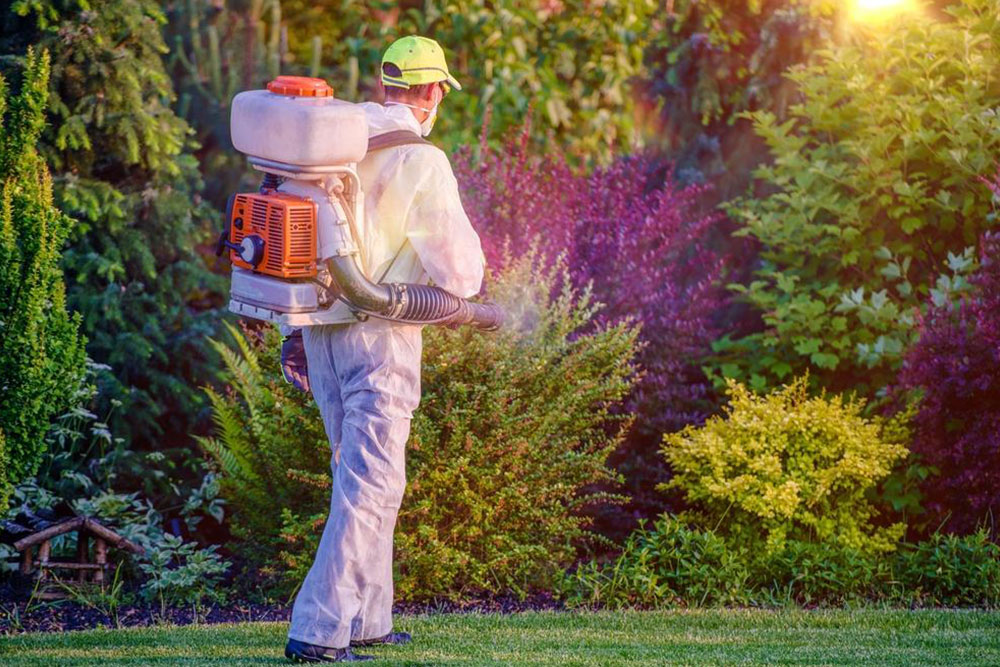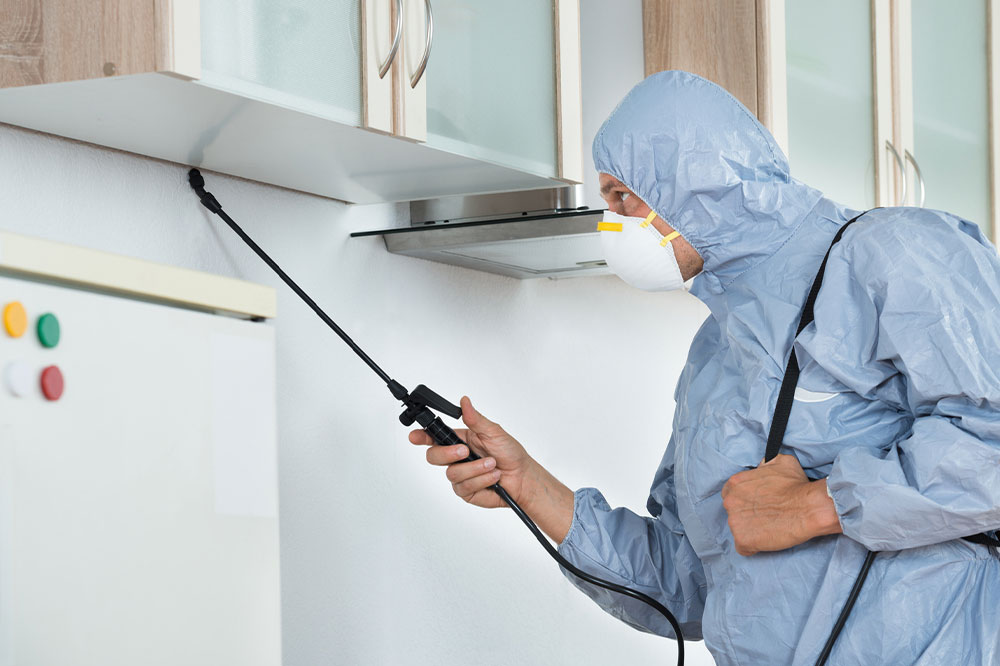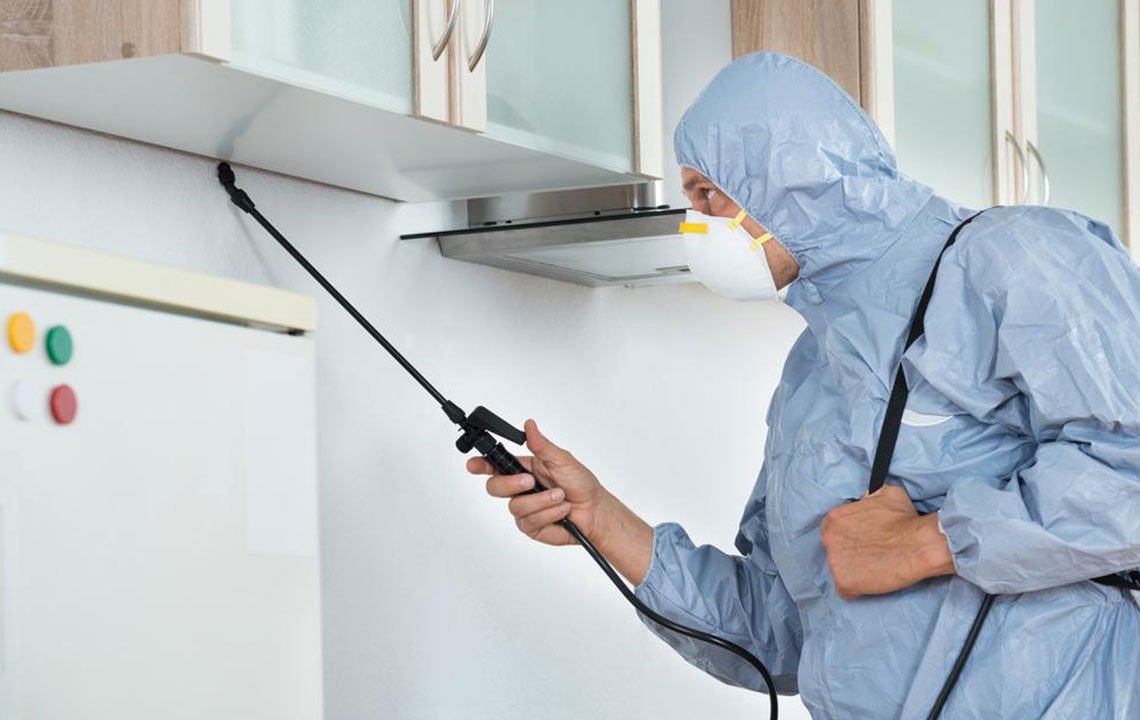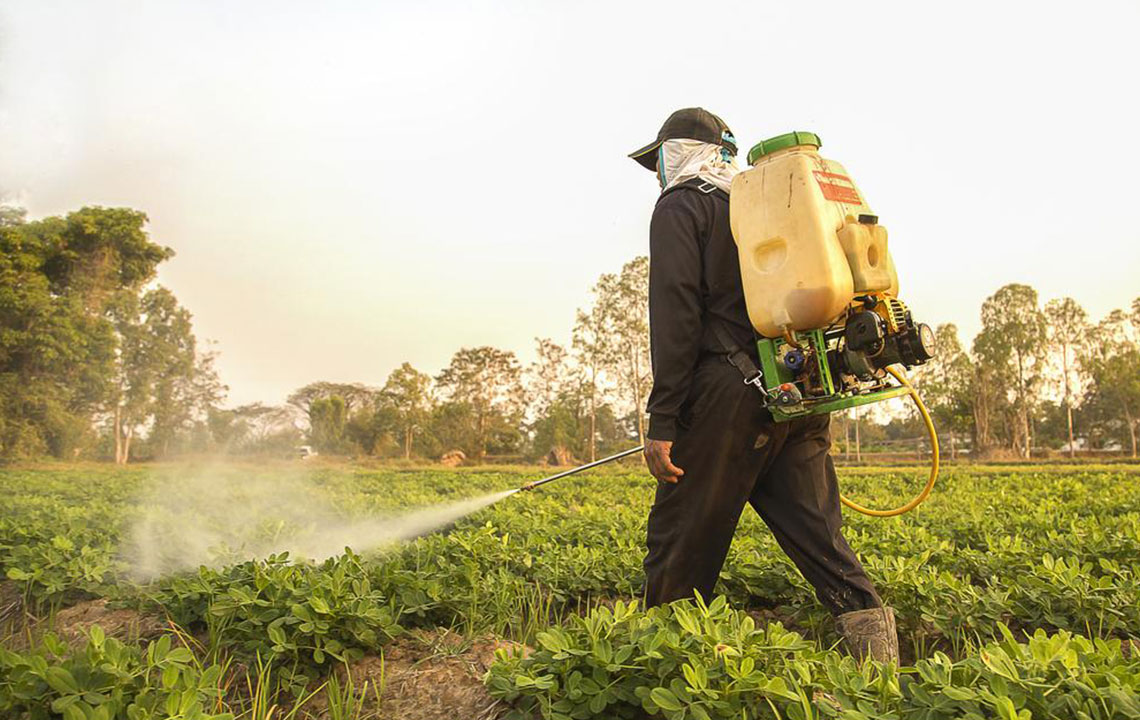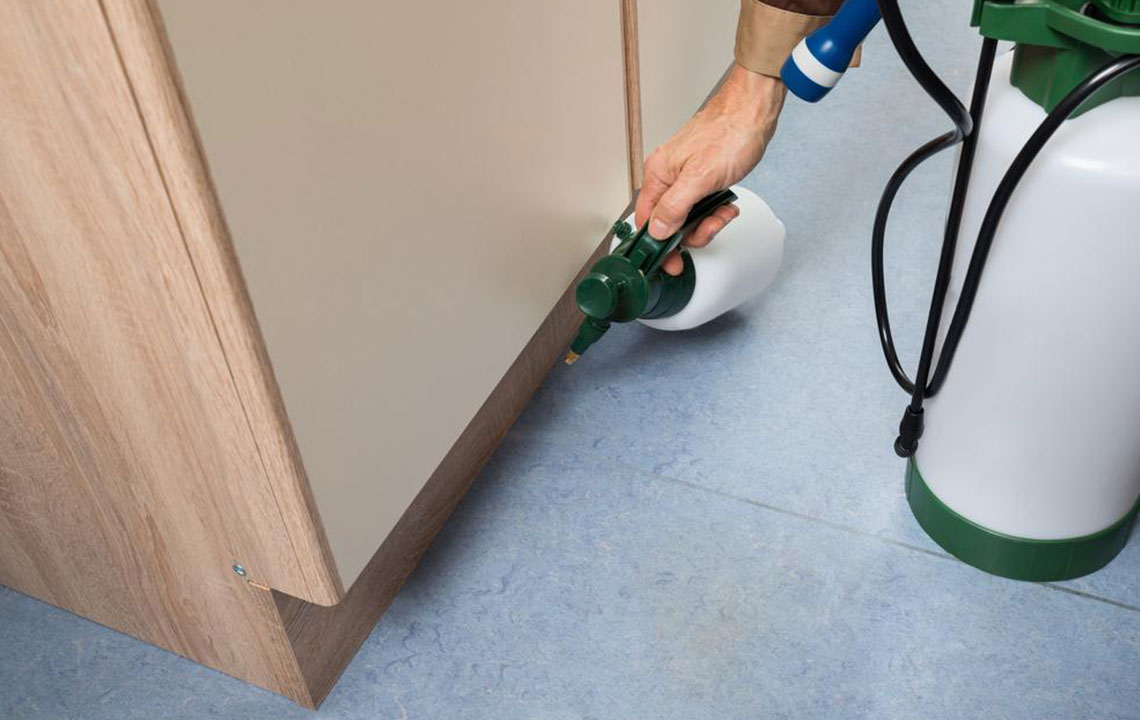History and Progress of Pest Management Techniques
This article explores the evolution of pest management from early acknowledgment to modern chemical and professional solutions. It highlights technological advances, market growth, and ongoing services that ensure safer living and working environments. Emphasizing reliability and innovation, pest control continues to adapt to new challenges, providing tailored, effective, and sustainable solutions for residential and industrial needs.
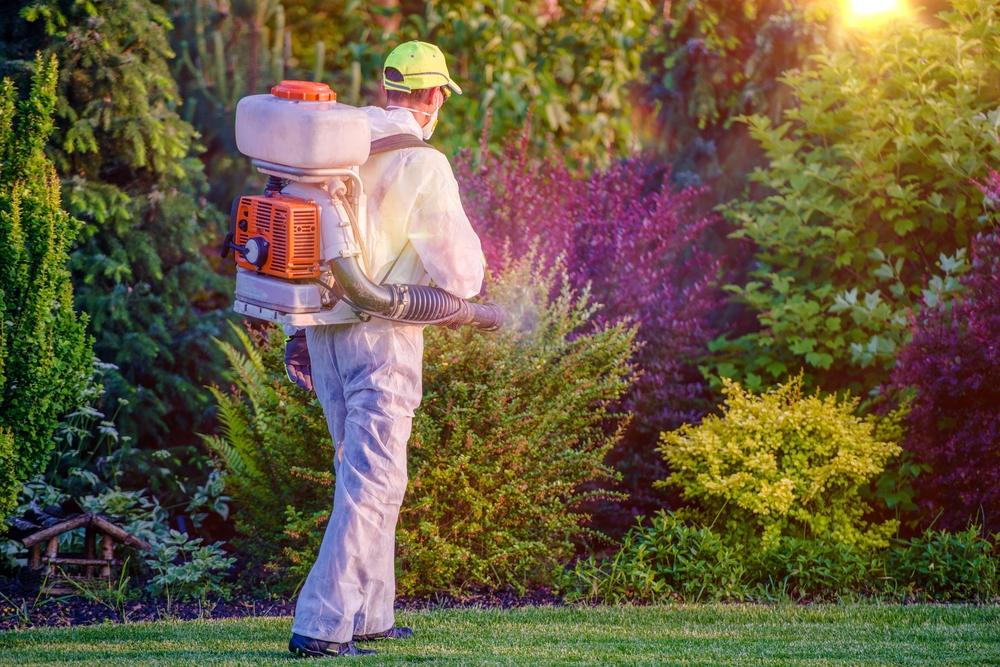
History and Progress of Pest Management Techniques
Reliability is essential when choosing pest management services. The practice of controlling pests has existed since humans discovered that science and chemistry could help manage these tiny invaders.
Pests are small organisms, often invisible, that multiply rapidly and can cause extensive damage to crops and disrupt living spaces.
Historically, people acknowledged the existence of pests and their harmful effects but felt powerless to stop their spread. Understanding the unpredictable nature of pest growth seemed impossible to control at times. The development of chemistry in the early 20th century revolutionized pest control, enabling effective extermination methods.
Initially, pest infestation was perceived as an uncontrollable problem, with devastating impacts on health and agriculture. The rise of chemical solutions provided new hope for managing these threats. As expertise in pest control grew, specialized companies emerged to meet the increasing demand. Early market expansion was driven by regions heavily affected by pest-borne diseases and agricultural damage.
Advancements in chemistry and technology have continuously improved pest control methods. Today, professional services offer tailored solutions for both residential and industrial settings, ensuring safer environments. Modern pest control emphasizes not only effective extermination but also ongoing maintenance, such as follow-up checks. These post-treatment visits help monitor progress and determine if further action is necessary, offering customers reassurance and long-term protection.

